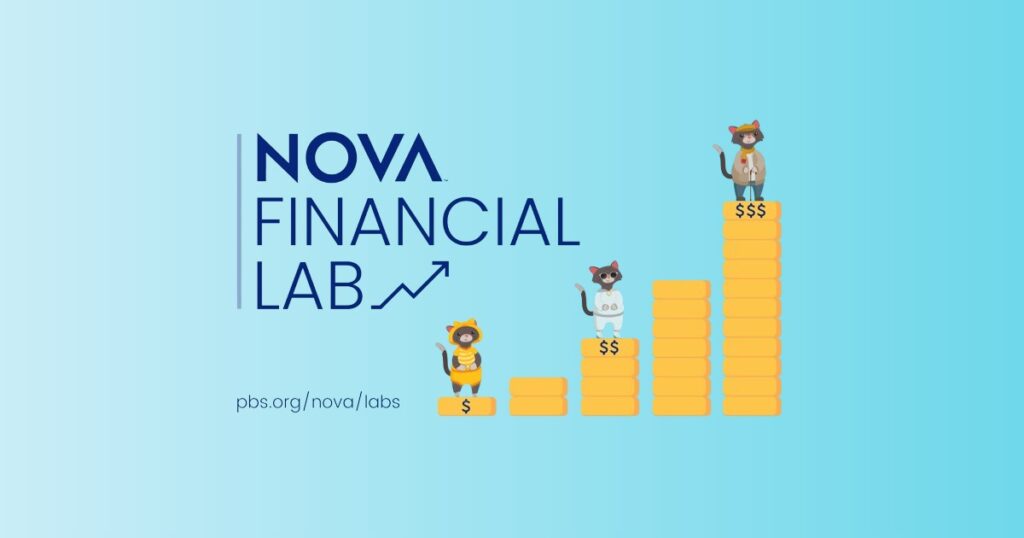
Content Partner
Grades 6-8, 9-12
Happy EconEdMonth! Celebrate economics all month long by visiting EconEdMonth.org

Don't have an account yet? Sign up for free
Don't have an account yet? Sign up for free
Students will be able to:

In this economics lesson, students will assess their strength in soft skills through a written conversation.
Warm-up
Use the PowerPoint Slide presentation throughout this lesson plan. Project slide 2 of the PowerPoint onto the screen. Ask students to spend five minutes writing down their response. At the end of the lesson, students will be asked to reconsider their response to the bellringer in light of new knowledge acquired through the day’s instruction.
Modeling
Use the remainder of the PowerPoint presentation to model the key ideas and prepare students for the group activity. The beginning slides lay explore the importance of developing one’s human capital, since most people will work throughout their lives and most would rather make more money than less. Further slides then discuss how traditionally human capital development has been done through greater formal and informal education. There is plenty of evidence to prove that more education translates to greater job security, choices and lifetime earnings, some of which is laid out the presentation. This has resulted in the numbers of people seeking higher education exploding. The presentation then continues by describing how it has now become necessary to differentiate between job applicants in more nuanced ways. There is now no shortage of candidates with hard skills, but their development has come at the expense of soft skill development. The presentation concludes with an exploration of soft skills, the intangible assets of communication, leadership and problem solving that are essential to a well-rounded employee but difficult to assess through a test and describes seven specific soft skills sought by employers and the degree by which they’re desirable.
Group Activity
Students will exercise their understanding of soft skills through a written conversation, through a series of ten scenarios of conflicts that occur at work. Resolving the conflicts will require good communication, flexibility, problem solving and strength in the face of criticism.
Students should read what they wrote in response to the discussion prompt at the beginning of the lesson. Ask students to edit in the margins of the paper any changes to their original strategy for the interview. Display the following questions on the board or projection screen:
The comments in assessing the original response should be in the margins, to reflect how the students’ thinking evolved as a result of the lesson.
Activity 1
Students will read the article, The Soft Skills Gap, Gen X-Gen Z, on bridging the soft skills gap and answer the questions in Bridging the Soft Skills Gap.

Content Partner
Grades 6-8, 9-12

Grades K-2, 3-5

Grades K-2, 3-5

Grades 6-8, 9-12
